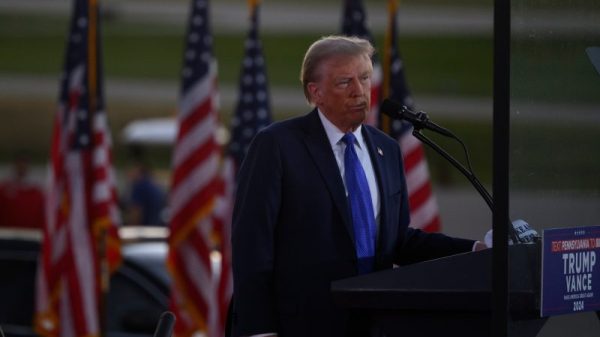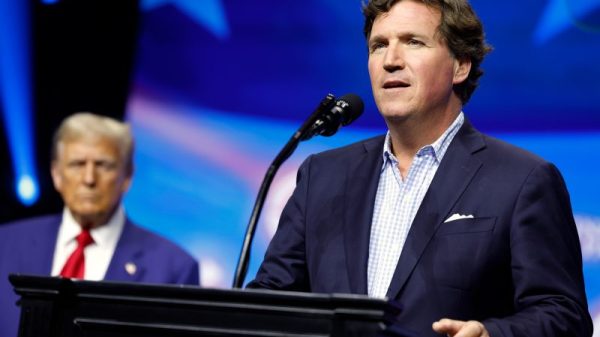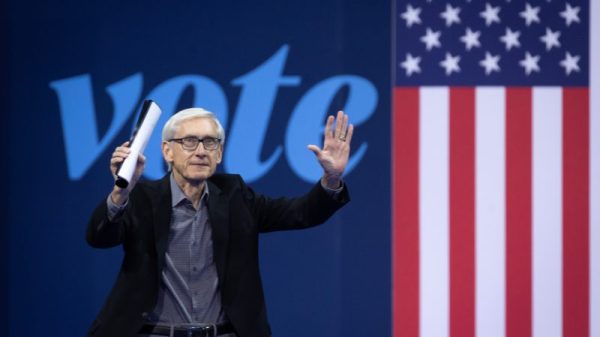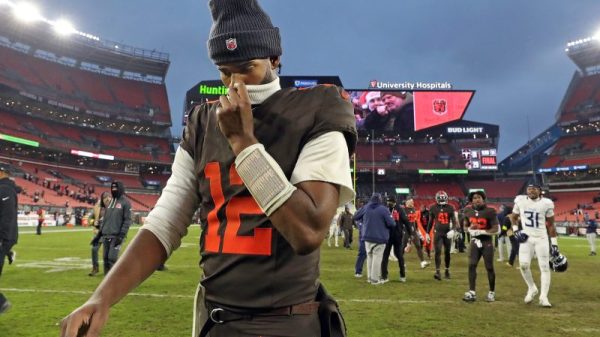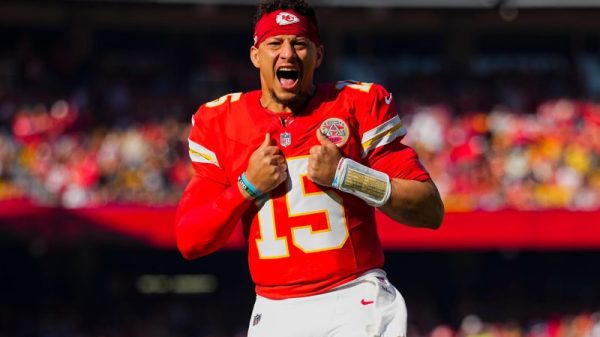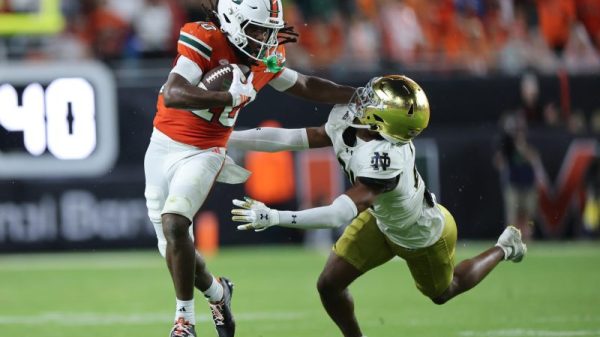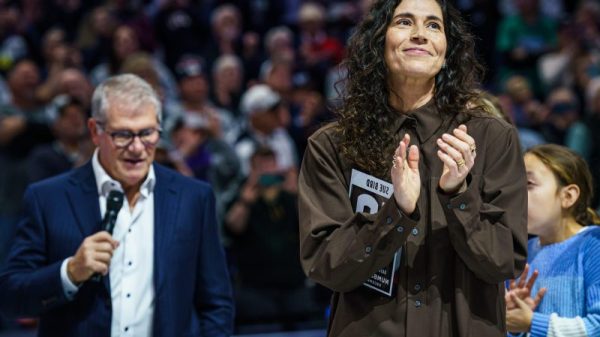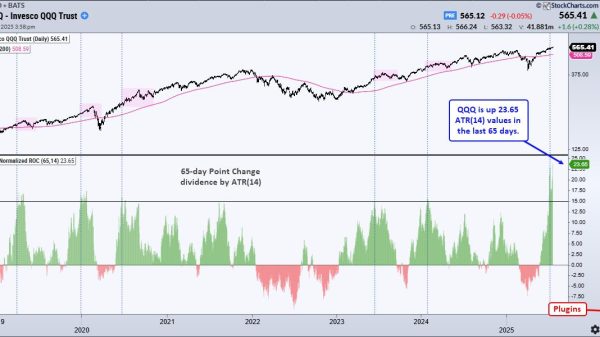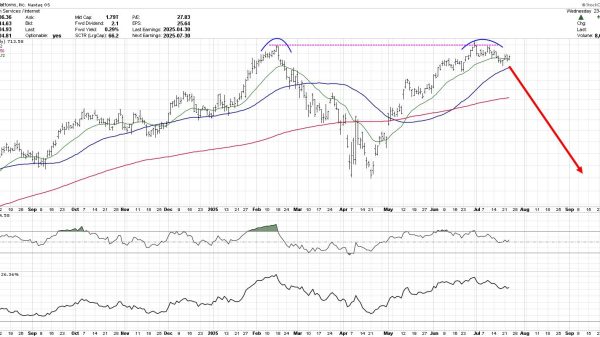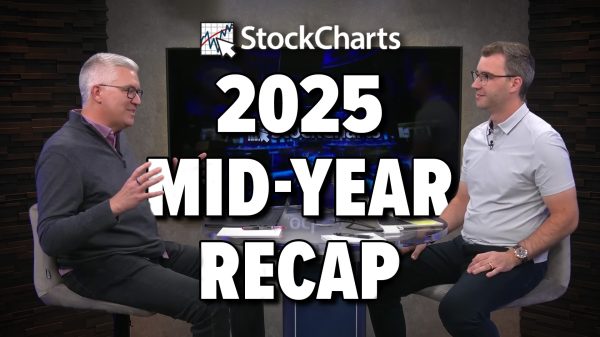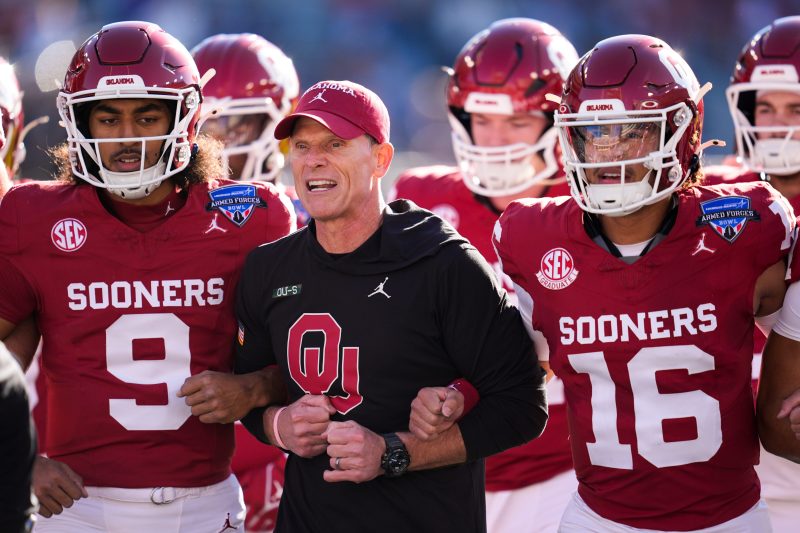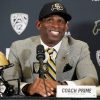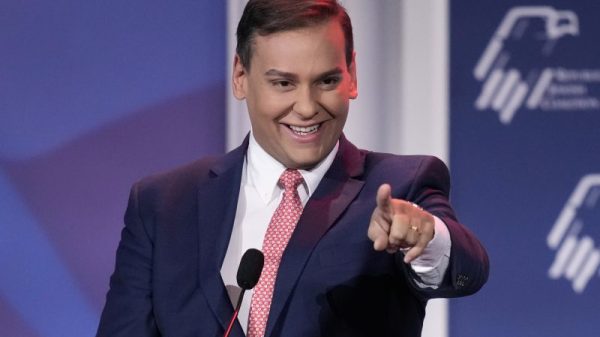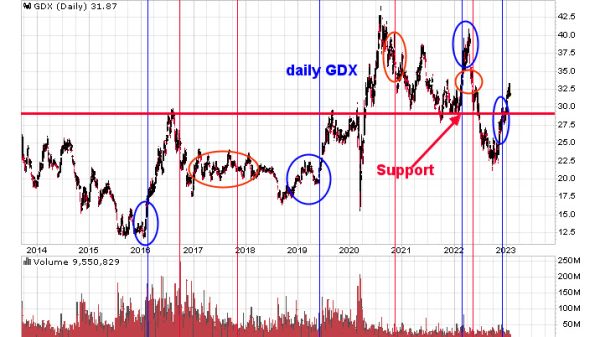There’s a simple law of the universe that goes something like this: Where there’s a vacuum, there’s always backfill.
So be careful what you wish for.
Oklahoma and Nebraska, two historical blue blood programs of college sports, recently hired two former NFL executives as general managers of their football programs.
Smart, forward thinking and proactive moves amid the fluid player procurement landscape of the sport, right?
That, or a manufactured position of need that will continue to drastically change the power structure of athletic departments all over college sports. Those with the power now – coaches and athletic directors – are willingly giving it up faster than you can say ‘pay for play.’
Because no one wants to deal with the dynamics of paying players.
Not coaches, not athletic directors. Certainly not university presidents.
They don’t have the time nor inclination to figure out salary structure and terms for players, and beyond that, for specific positions. They already have oars in the water, bud. Don’t need more.
Go get the NFL guy, he’ll do it. Give him a job that’s equal parts player procurement (high school and transfer portal) and salary cap manager, and let him work his magic.
Oklahoma hired NFL super scout Jim Nagy, most recently the executive director of the successful Senior Bowl. Nebraska hired New England Patriots director of pro personnel Patrick Stewart. The moves come two months after North Carolina hired Michael Lombardi to have a similar role alongside incoming coach Bill Belichick.
Both are highly qualified, maybe even overqualified. Both will bring fresh ideas and an element of professionalism to the programs.
Both will walk through the door with power relinquished to them by the (former) two biggest positions in every athletic department: football coach and athletic director. For no other reason than, “You deal with it, Im not.”
Here’s your expected multi-million budget, and make it fit with an anticipated 105 scholarship players. All while doing so under the tattered NCAA umbrella, or whatever the sport’s governing body evolves into before the start of the 2025 season and the advent of pay for play.
Offers and contracts, guaranteed deals and performance-based bonus structures. Retention bonuses and buyouts for leaving early, incentives and clawbacks.
The unwieldy mess is enough to make a coach pine for the halcyon days of helicopter parents and players fighting with the local frat.
So you hire a GM and cut him loose to do the dirty work, the seemingly mundane grind of salary cap structure. But here’s what coaches don’t understand ― at least, not yet.
Player procurement and the salary cap is everything. That’s why NFL coaches are typically fired long before general managers.
Because NFL owners (see: university presidents) don’t want to know how the sausage is made. They just want results, and when they’re looking for reasons why it’s not working, they typically seek guidance from the one clear buffer between them and the obviously self-served opinion of the head coach.
They ask the GM, who then tells the owner that the talent is in place to win. I just buy the groceries, I don’t cook the meal.
See where this is headed?
At this point, and so early in the process of pay for play, what university president and/or athletic director in their right mind is going to fire a coach and general manager if the losses pile up?
You’re not going to run off the guy who understands the salary cap and how to structure it, and salaries and budgets and everything that goes with it. Because you don’t want to do it, and don’t want to start all over and hire another person to do it their way — unless you absolutely, positively have to.
Remember, the GM is providing the players, not coaching them. Not my fault, not on me.
In less than four years, college football has nearly completed this blind metamorphosis into a cheap facsimile of the NFL. Once players become employees (that’s the next step) and collectively bargain, we’ll have reached peak imitation.
The vacuum is being filled, everyone.
Be careful what you wish for.
Matt Hayes is the senior national college football writer for USA TODAY Sports Network. Follow him on X at @MattHayesCFB.

